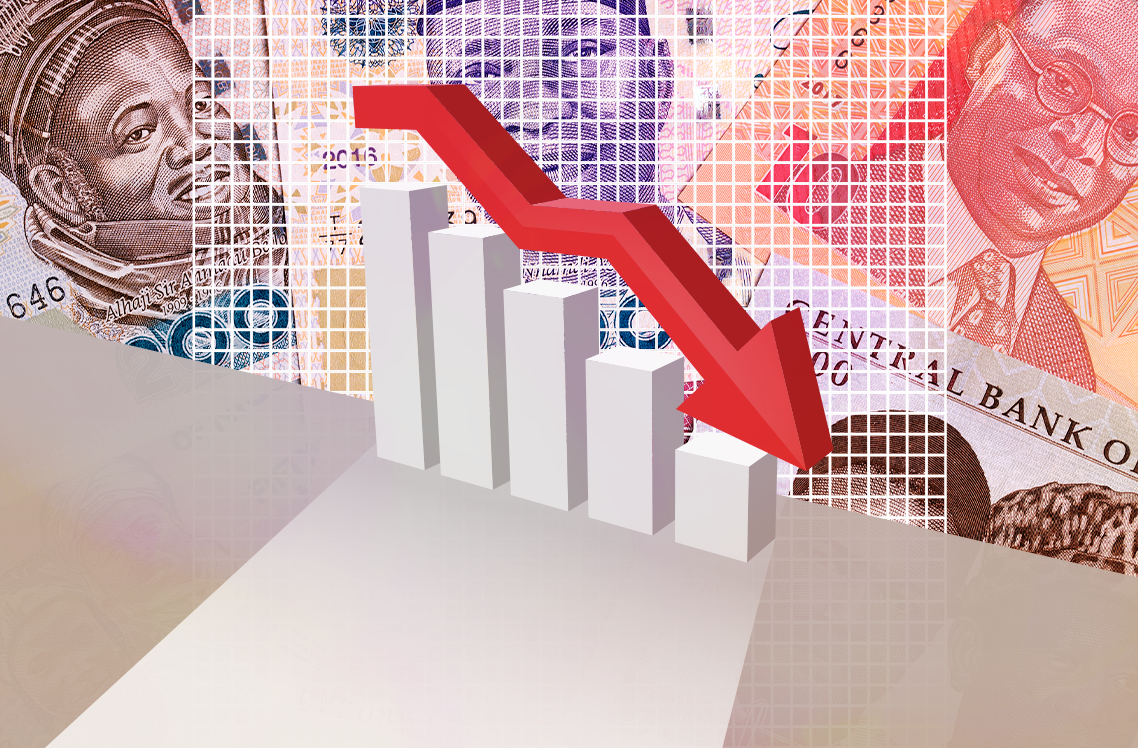Economic theory predicts a negative relationship between unemployment rate and output growth. Okun’s law, based on empirical observation of the US economy in the 1960s, predicts that shifts in aggregate demand would lead to output changes which would result in changes in unemployment rate (Ball 2015). In particular, the law predicts an increase of 1 percent in unemployment when output decreases by 3 percent. Thus, a macroeconomic policy that stimulates aggregate demand is usually considered as a means of reducing unemployment.
There is no gainsaying that the Nigerian economy is still a developing economy and largely dependent on crude-oil export as the mainstay of the economy. Substantial percentage of her foreign earnings, over 80%, is from export of crude-oil (Divine and Charles, 2019). Meanwhile, unemployment has been persistent over the years with associated rising levels of both absolute and relative poverty. According to the (CBN, 2012), the real GDP of Nigeria has grown at an average rate of 3.92% between 1981-2007; as a result, it is expected that accompanying the huge increases in economic growth, is a falling unemployment. Unfortunately, unemployment reached an all-time low in 1996 at about 4% of the total labor force (Divine and Charles, 2019). To substantiate this, Anganga (2010) and Ogunmade (2013) found that there was a decade of strong real GDP of 6.5% economic growth between 2000 and 2010, and in the same period, unemployment rate continued to rise annually from 11.9% in 2005 to 19.7% in 2009, and over 37% in 2013. The observed growth in Nigerian economy has however not led to decrease in unemployment and consequently, lead to poor economic development. The level and rate of poverty is still very high, the industrial sector is yet to takeoff, technological development is still at a rudimental stage, income inequality is high, and in succinctly, Nigeria’s development index is still very low.
Although there have been exceptions to Okun’s law, none has been of similar import as the experience described here. In the “German miracle” usually cited as the major deviation from the law, a decrease in unemployment accompanied a decrease in output, but this occurred in the years following the Second World War. The “jobless recovery” witnessed in the last three recessions in the United States has heighted the case against the law (Ball, et al. 2013) but is not the same as unemployment rising as the economy recovered. Other exceptions are related to the numerical response predicted by the model. For example, the recent output drop in European Union countries such as Spain and Ireland by about 8% was accompanied by an increase in unemployment rate of more than 7% (IMF, 2010), which was far above the 2.67% predicted by the law.



0 Comment
Be the first to comment via the form below